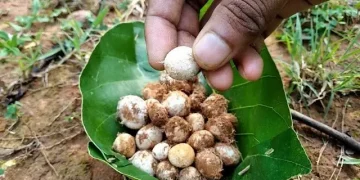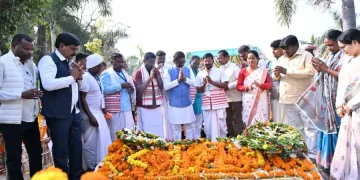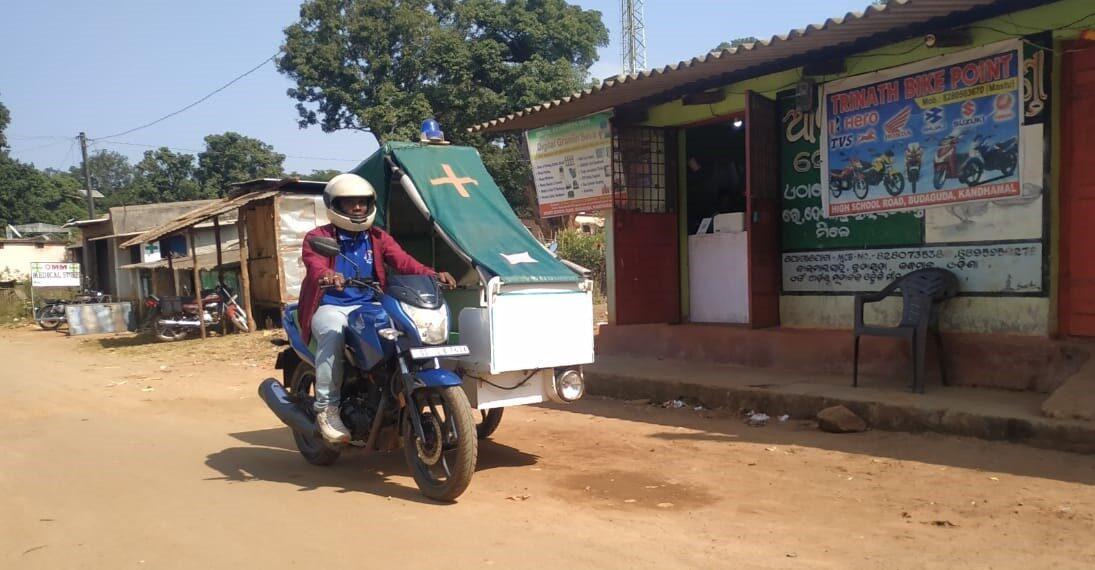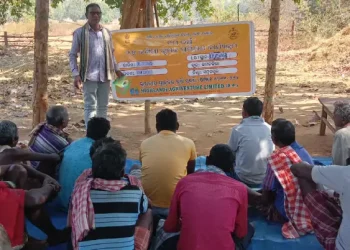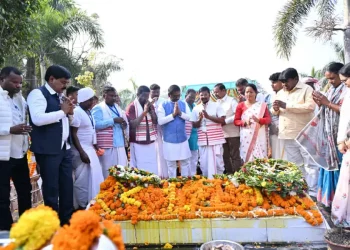Cuttack/Bhubaneswar
When an expectant mother writhes in labour pain, the bike kitted out with a carrier whizzes in as a Godsend to ferry her to the nearest health centre. When a pregnant woman squirms and screams to give birth to a new life, the van vrooms in as a divine intervention to bail her out.
Always on toes to respond to distress calls even at the dead of the night, five bike ambulances and six delivery vans prove a boon to expectant mothers in 668 ‘difficult’ villages in 11 blocks of Kandhamal, Odisha, where people mostly of the Kondh tribe reside.
Initiated by the Zilla Swasthya Samiti (ZSS), the bike ambulance service bagged the prestigious Skoch Award in 2020 for ensuring maternal health. The next year, the Niti Aayog waxed eloquent about it even as the National Family Health Survey (NFHS) also lends credence to it. While institutional delivery was 72.7% as per NFHS-4 (2015-16), it shot up to 93.9%, according to NFHS-5 (2019-20).
Though bike ambulance tries to ensure safe motherhood, it also takes care of other sick persons. “However, vans are solely for institutional delivery. Three trained nurses and two drivers in an adequately equipped delivery van shoulder this responsibility,” CDMO and ZSS convener Dr. MK Upadhyaya explains to The Indian Tribal.

“Sometimes a bike ambulance rider forays into an inaccessible area to fetch an expectant mother, while a van waits for her at a motorable site. As soon as the bike arrives, she is shifted into it and carried to the health centre,” says bike ambulance rider Garuda at Sardingia.
The bike ambulance service enabled Kandhamal to top the list of 30 districts for its exemplary performance in 2019. It first took off in 2017 as a pilot project at Ketinga under Daringbadi block and Lankagarh under Tumudibandh block. When the project made the cut, more bike ambulances revved up for three other blocks. The very same year delivery vans also hit the road to strengthen the ambulance service network in six blocks.
“Later, the government took up the ambulance network and pumps Rs. 75 lakh annually to run its show. Now the government has replicated it in 12 ‘aspirational’ (mostly tribal dominated) districts,” says Deputy Manager (RCH) Asis Mohanty.
The venture initially proved tough in convincing tribals. “Announcements were made for large congregations at village haats. Posters were pasted at different places and distributed among people. We met village leaders to convince them of its positive side,” says project coordinator Kailash Behura of NGO Jagruti that runs two bike ambulances and one delivery van on behalf of ZSS.
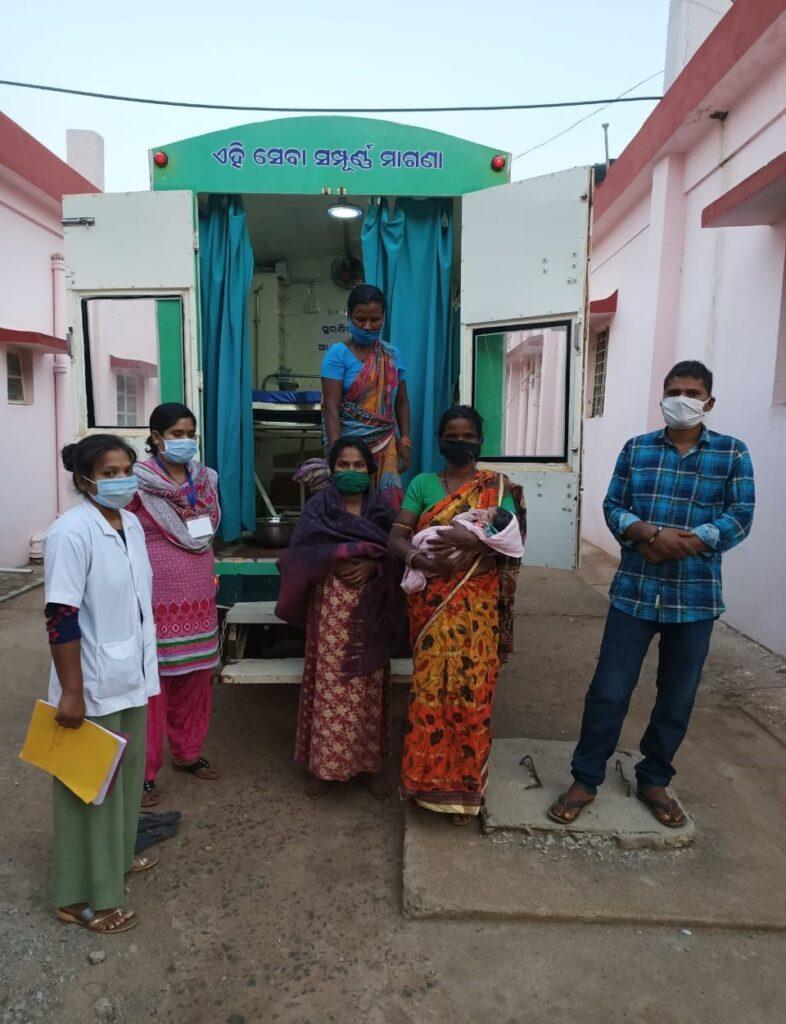
“When telecommunication network fails, village ASHA and Anganwadi workers go into overdrive, making arrangements for bike ambulance or delivery van to ferry pregnant women. Even word-to-mouth mediums and letters spread out messages for the beneficiaries,” says Secretary Harishankar Rout of SWATI, an NGO.
While SWATI runs one bike ambulance and four delivery vans, two bike ambulances are at the disposal of NGO Shanti Maitree. NGO Bikalp Bikash runs one delivery van.
The network, which claims to have clocked up 65% reduction in maternal mortality, is now an indispensable support system for tribals. “It saved me and my baby in the nick of the moment,” says Nirada of village Mingun Padar. Scores of others agree completely.
What Is National Safe Motherhood Day?
National Safe Motherhood Day aims to spread awareness about adequate access to services that women need before, during and after pregnancy. It is an initiative of the White Ribbon Alliance (WRAI), which has a collaboration with 1,800 organisations. Following the WRAI’s appeal to the Government of India to look for immediate actions to help the pregnant women in the country, the Centre in 2003 designated April 11 as National Safe Motherhood Day. The day also marks the birth anniversary of Kasturba Gandhi, Mahatma Gandhi’s wife.
India Status
- According to the Government of India, there has been a significant Decline in the Maternal Mortality Ratio from 130 in 2014-16 to 97 per lakh live births in 2018-20.
- Maternal Mortality Ratio (MMR) is defined as the number of maternal deaths during a given time period per 100,000 live births.
- As per the statistics derived from Sample Registration System (SRS), the country has witnessed a progressive reduction in MMR from 130 in 2014-2016, 122 in 2015-17, 113 in 2016-18, 103 in 2017-19 and to 97 in 2018-20
- India has accomplished the National Health Policy (NHP) target for MMR of less than 100/lakh live births. It aims to achieve the SDG target of MMR less than 70/ lakh live births by 2030.
- The number of states which have achieved SDG target has now risen from six to eight leading with Kerala (19), followed by Maharashtra (33), then Telangana (43) and Andhra Pradesh (45), subsequently Tamil Nadu (54), Jharkhand (56), Gujarat (57) and lastly Karnataka (69).

